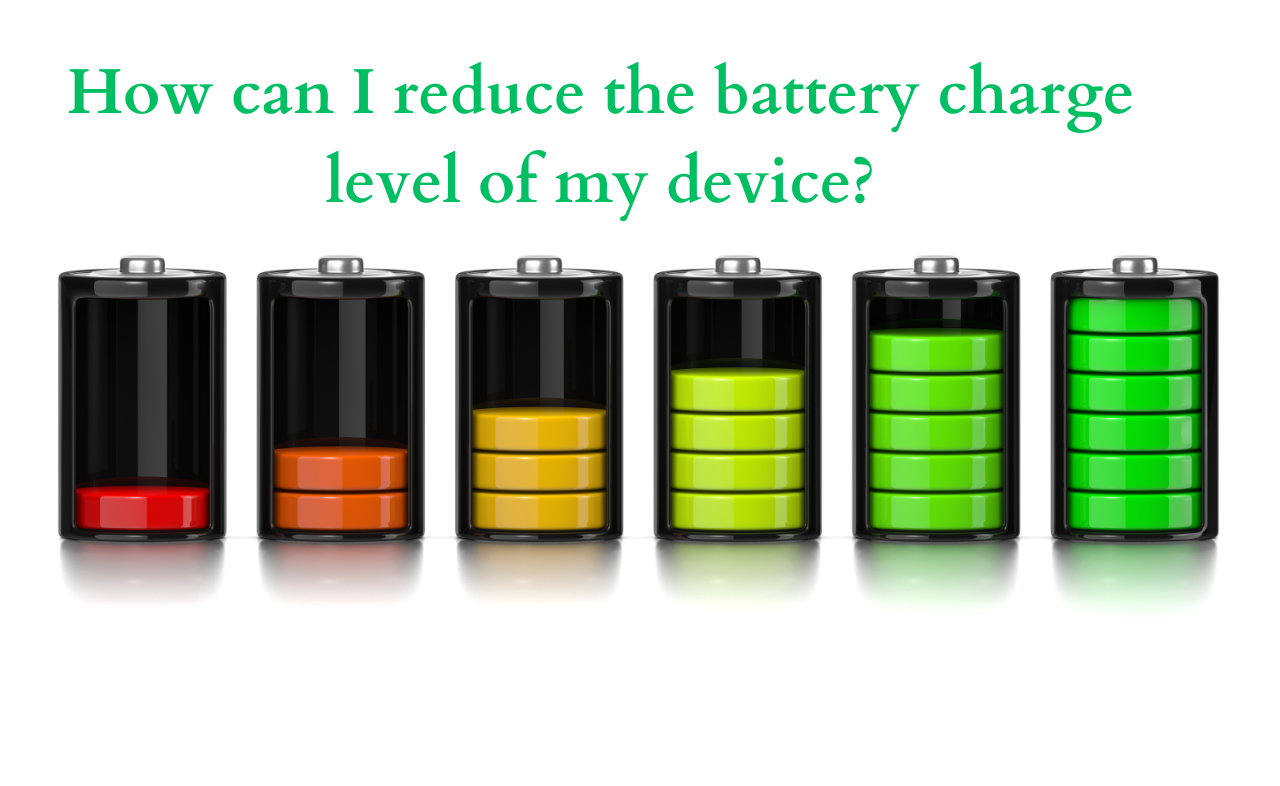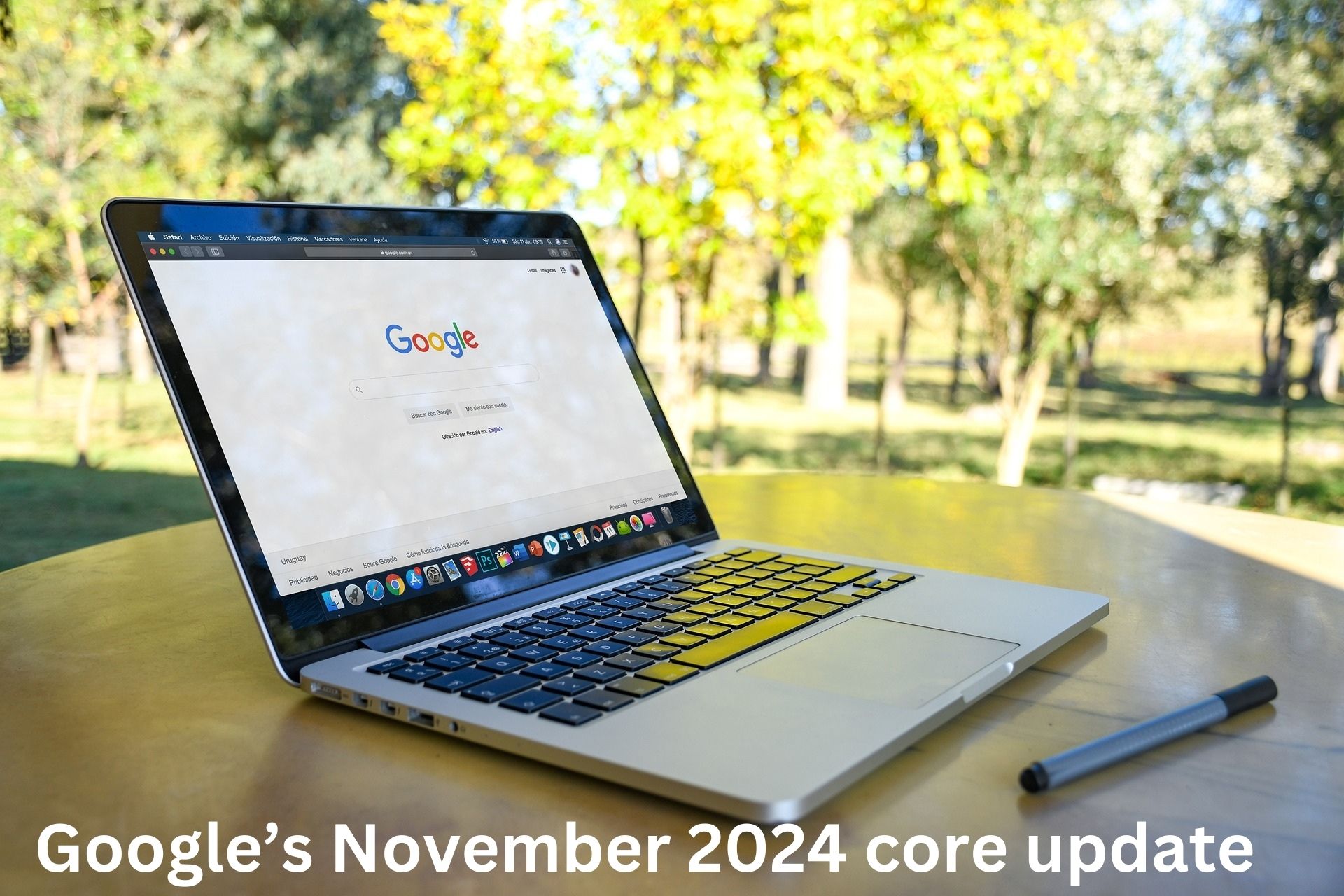Getting a simple battery charge dropped involves a legal process where the accused presents a defence strategy to prove innocence or mitigate circumstances. It can include negotiating with the prosecution, demonstrating insufficient evidence, or highlighting self-defence. Success depends on the case specifics, legal representation, and jurisdictional laws.
When facing a simple battery charge, the path to having it dropped is often fraught with legal complexities and requires a nuanced understanding of the law. One practical approach is challenging the evidence presented by the prosecution, casting doubt on its validity and persuasiveness. This strategy hinges on meticulous legal work, where every piece of evidence is scrutinized for inconsistencies or violations of rights during the collection process. Additionally, negotiating plea deals or participating in diversion programs can offer a viable alternative to having charges outright dismissed.
Another angle to consider is demonstrating mitigating circumstances or asserting a valid defence, such as self-defence. In order to do so, it is essential to examine the incident’s context, gather witness statements, and look for any physical evidence that supports the defendant’s version of events. Defendants should present to the court a compelling narrative that mitigates or justifies their legal responsibility. It’s a delicate balancing act, requiring a solid legal strategy and the ability to weave together facts and testimonies into a narrative that resonates with the legal standards for defence.
Contents
Varieties of Battery Charges
In the case of simple batteries, distinguishing them from domestic or aggravated batteries is crucial due to the significant differences between them. For the prosecution to establish a case of Simple Battery, they must convincingly demonstrate:
- The accused deliberately made physical contact with the victim or struck them, contrary to their wishes.
- The accused had the intent to inflict physical harm on the victim.
The guidelines for juries in Simple Battery cases clarify that intentional contact or hitting encompasses instances where the accused could foresee their actions leading to such contact or striking.
It’s important to note that these two battery interpretations diverge, either sufficing for a charge. Notably, the first scenario does not necessitate actual physical harm, meaning Simple Battery doesn’t inherently involve the use of physical force or violence against another person.
Grasping the Basics of Simple Battery
Before exploring the various tactics to get charges dismissed, understanding what constitutes simple battery in the legal arena is essential. This offence generally entails a deliberate and illegal application of force upon someone else, leading to either physical injury or unwanted physical contact deemed offensive.
The gravity of such a charge can be influenced by various elements, including how severe the injuries are, the dynamics between the individuals involved, and whether any weapons were used during the incident. These factors are crucial in determining the severity of the accusation and the necessary approach to address it.
How to Acquire a Simple Battery Charge
Here are some steps
- Intentional Act
- Building a Self-Defense Argument
- Negotiating a Plea Deal
- Resulting in Harm or Offense
Intentional Act
Starting with a deliberate action, the process involves physically contacting another individual. This act, characterized by its intentionality, entails any form of touch or strike that physically connects one person with another. The emphasis here is on the purpose behind the gesture, highlighting that the contact was not accidental but rather a conscious decision to reach out and touch someone else in any way that could be felt physically.
Building a Self-Defense Argument
When an individual asserts their actions were in self-defence, this stance can serve as a compelling basis for dismissing the charges against them. The core of self-defence arguments rests on the premise that the accused had a legitimate and reasonable belief that their safety was under imminent threat, compelling them to use force to protect. For this defence to hold water, it’s crucial to prove that the force employed was directly commensurate with the severity of the threat. It entails a careful demonstration that the actions undertaken were necessary and the most reasonable course of action given the circumstances.
Negotiating a Plea Deal
Some people choose to negotiate plea agreements as a means of navigating the complex legal system towards a more favorable outcome under specific circumstances. An individual is offered an alternative to a full trial by accepting guilt for an alleged lesser offense in exchange for receiving a sentence that is significantly less harsh than what would result from a full trial.
Resulting in Harm or Offense
While entering into a plea deal does not equate to the charges being entirely erased, it offers a substantial opportunity to mitigate the repercussions that could arise from the original accusations. This method of resolving legal disputes lowers the severity of penalties and provides a measure of control over the uncertainty of trial outcomes.
For an act to fall under the category of resulting in harm or offence, it is imperative that the physical interaction leads to some form of bodily injury or is perceived as offensive or provocative by the recipient. This criterion emphasizes the consequence of the contract, which must extend beyond mere touch to elicit a tangible physical response or invoke a sense of violation or provocation.
Such incidents are not limited to causing visible injuries but also include actions that, while perhaps not leaving a physical mark, are intrinsically invasive or disturbing to the individual on the receiving end. This distinction is crucial in understanding the nuances of what constitutes actionable offence or harm in the eyes of the law, highlighting the importance of the impact of the contact over the intention behind it.
Exploring Other Solutions for Getting Charges Dismissed
Dealing with charges of simple battery can undeniably present a daunting and anxiety-inducing ordeal. However, there is a glimmer of optimism for those willing to delve into the realm of alternative resolutions, which hold the promise of possibly having such charges dismissed.
Each case’s intricacies and distinct nature necessitate a comprehensive grasp of the alternatives at hand, equipping both individuals facing these charges and their legal counsel with the knowledge needed to pursue negotiations to secure outcomes more favourable than what might typically be expected from conventional legal repercussions. This exploration opens the door to potential avenues for resolution and instils a sense of agency and possibility during a process that often feels overwhelmingly predetermined.
Therapy and Recovery Programs
If demonstrated, counselling or rehabilitation initiatives that address the root causes of behaviour can constitute compelling evidence for the dismissal of charges. This strategy does more than aid the individual in question; it also conveys to the judiciary a deliberate and proactive stance towards averting similar issues in the future.
By meticulously recording involvement in such counselling and rehabilitation efforts, one can effectively demonstrate a sincere commitment to the betterment and transformation of the legal system. It showcases the willingness to address and rectify past actions and offers a tangible measure of the steps taken towards personal and societal rehabilitation.
Expressing Remorse and Making Amends
Extending a heartfelt apology to those affected and compensating for any harm caused represents a significant step within the legal framework. By genuinely acknowledging wrongdoing and assuming accountability for one’s conduct, an individual can markedly impact the course of legal proceedings.
This expression of regret and proactive approach to restitution can be crucial in resolving charges, mainly when the aggrieved party is open to accepting the apology and prefers to resolve matters without further legal entanglements. Such actions demonstrate a readiness to rectify the situation and foster a conciliatory atmosphere conducive to amicable settlement.
Frequently Ask Question
Can simple battery charges be dropped in GA?
Yes, simple battery charges can be dropped in Georgia under certain circumstances.
How do you beat a battery charge in Indiana?
To beat a battery charge in Indiana, one must present a strong legal defence, possibly including lack of intent, self-defence, or insufficient evidence.
Which types of evidence are crucial in a case of simple battery, and in what ways can they aid the defence?
Crucial evidence for a simple battery includes witness testimonies, medical records, and self-defence proof, aiding in disproving allegations.
How do you get off a charge?
One typically needs to prove innocence, negotiate a plea, or demonstrate legal or procedural errors to get off a charge.
Conclusion
Lowering your battery charge is straightforward if you follow the proper steps. This guide will show you how to efficiently reduce battery levels and optimize device performance by following its steps. Remember to implement these strategies consistently for long-term benefits. Enjoy extended battery life and improved efficiency with these simple techniques.











